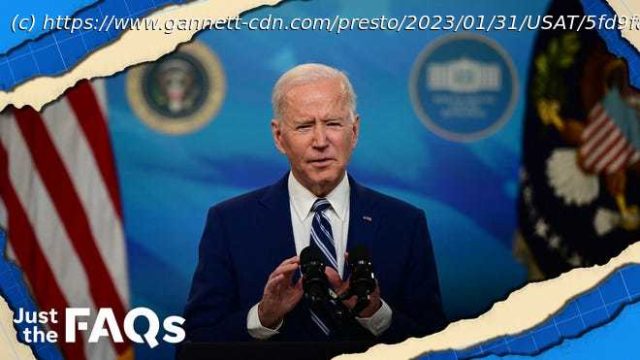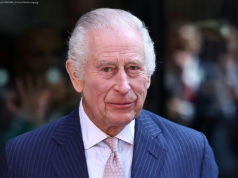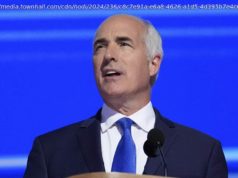Array
Thursday marks the end of the public health emergency in the United States, more than three years after it was first declared to combat the novel coronavirus by unlocking powerful tools to detect and contain the emerging threat.
While it closes a chapter in history, health experts point out the COVID-19 pandemic is not yet over as the virus continues to claim about 1,000 lives each week, according to the Centers for Disease Control and Prevention. To date, more than 1.1 million people in the country have died.
“There’s no real mechanism to declare an end to the pandemic, but it is an end to the emergency phase, both in the U.S. and globally,” said Crystal Watson, associate professor at Johns Hopkins Bloomberg School of Public Health.
Variants of the virus continue to appear, causing increases in hospitalizations and deaths across the country, Watson said. But widespread immunity through infection and vaccines has protected most Americans from developing severe disease.
From the archivesA timeline of how COVID unfolded in the US over the first 5 months
Latest:A new COVID variant called Arcturus is linked to pink eye
The end of the public health emergency also marks significant changes to the COVID-19 response that could affect testing and treatment, vaccines, data reporting, health coverage and telemedicine. Here’s what that will look like.What’s happening with COVID testing
Consumers can still order free home tests through COVIDtests.gov, but access might change because the Biden administration has paused buying tests and supply may be limited.
Medicaid: Free tests are available until Sept. 30, 2024; state Medicaid programs will decide whether to continue coverage after that.
Medicare: Enrollees will no longer receive free at-home tests, but lab tests are covered.
Private insurers: They are no longer required to pay for eight home tests a month. Consumers should check with their insurer about access because coverage varies by state and insurance company.
Uninsured: Testing may be available through pharmacies and community-based sites under a CDC program.
“We have encouraged a lot of individuals to do over-the-counter testing at home,» said Dr. Tochi Iroku-Malize, president of the American Academy of Family Physicians. “But that’s no longer going to be free for many patients.»
Polymerase chain reaction tests – known as PCR tests – are considered the gold standard for detecting the COVID-19 virus, health experts say. But they may cost up to $100 if not covered by insurance, Jodie Guest, professor and vice chair of the department of epidemiology at Emory University’s Rollins School of Public Health, told USA TODAY in February.
Quest Diagnostics, one of the largest lab companies in the country, said labs will continue to provide COVID-19 services and tests, but “access to, fees and reimbursement for COVID-19 testing will change after the (public health emergency) expires.”
The end of the emergency declaration could affect the nation’s ability to test and produce quick results during a surge, Iroku-Malize said. A lack of testing could delay early treatment and cause more patients to seek help from providers, overwhelming the health care system.
«When (a surge) happens, that means that the demand is going to be greater for these tests,» she said. «With this PHE ending, that may be a barrier for a certain number of clinicians to even have the resources available to manage a surge.
Домой
United States
USA — Events The COVID public health emergency is over in the US. Here's what...






